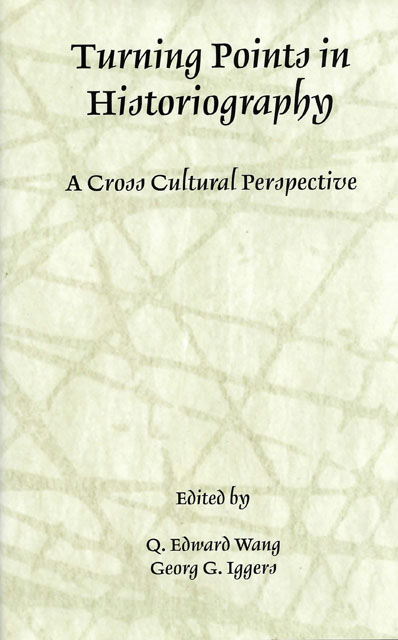Book contents
3 - The Ch’in Unification (221 B.C.) in Chinese Historiography
Published online by Cambridge University Press: 29 February 2024
Summary
I. Introduction
“Six warring states seized to complete the unification of great lands and far seas; great forests on Mt. Shu balded only to erect A-fang Palace,” bemoaned the T’ang Dynasty (618–907) poet Tu Mu (803–852). The Ch’in state, located in the wild west of China proper, with its “Sturm und Drang” militant power, conquered disparate kingdoms and unified the land in 221 B.C. However, this very first Chinese Dynasty prospered only fifteen years before it melted into thin air. Nonetheless, the quick rise and decline of the Ch’in Dynasty (221–206 B.C.) constituted a major turning point in Chinese history, marking its transformation from classical China to imperial China both in historical reality and in the Chinese mind. The Chinese have since then often returned to the experience of the unification and downfall of the Ch’in Dynasty as a source of guidance and inspiration. It seems as if the impressive rise and quick collapse of the Ch’in Dynasty became an immanent mirror, in which the Chinese could constantly reflect their own pains and gains. The question is: What exactly did the Ch’in experience offer to the Chinese? To answer this question, namely how and why the Chinese dwelled on the Ch’in experience, we need to consider certain characteristics of Chinese historical thinking.
But first, let us take a look at how Chinese historians approached the importance of the Ch’in unification in Chinese history. In general, Chinese historians believe that the unification of the Ch’in Dynasty made a major contribution to the development of Chinese culture. And this belief has been shared by historians in both imperial and modern China. In 1924, for example, Lü Ssu-mien (Ch’eng-chih, 1884–1959), an acclaimed historian known for his Classical learning, observed that “China before the Three Dynasties was a feudalistic world, and China after the Ch’in and Han Dynasties became an imperial one, which was essentially different. It was because the Ch’in Dynasty unified China.” In 1939, Ch’ien Mu (Pin-ssu, 1895–1990), a famous Confucian scholar and historian, expressed a similar viewpoint. Ch’ien summarized the historical significance of the Ch’in's unification as follows: a) mapping out the imperial realm of China; b) unifying the Chinese people; c) laying the foundation for the Chinese political system; and d) establishing a basis for the future development of Chinese scholarship.
- Type
- Chapter
- Information
- Turning Points in HistoriographyA Cross-Cultural Perspective, pp. 31 - 44Publisher: Boydell & BrewerPrint publication year: 2001



